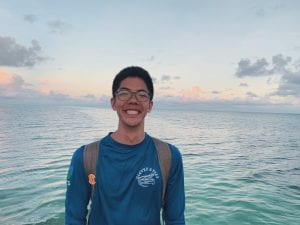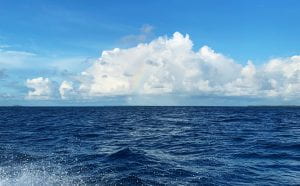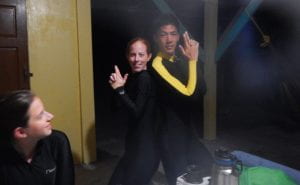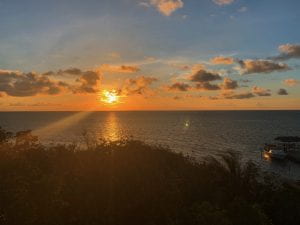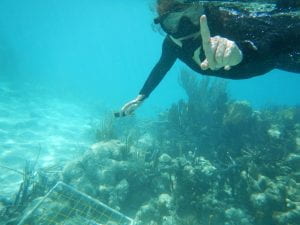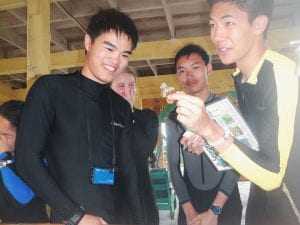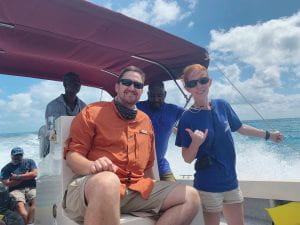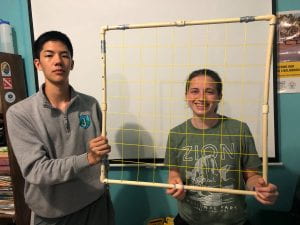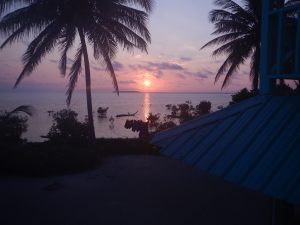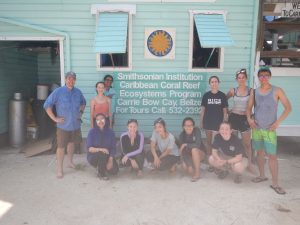Final Blog Post
Reflection
Written at 5:32 pm on May 31st
We’ve been home a little over a day now, but my brain is still reeling from this incredible experience. We may have been bitten by bugs or burned by the sun, but this trip is one I’ll always remember. I relished the opportunity to learn about field work and to do science experiments in new environments with people who are just as passionate as I am (if not even more!).
I had never really visited a rainforest in its pristine quality such as the Chiquibul area around Las Cuevas. There were just so many hymenopterans, insects, and plant diversity. My expectations were high due to the Planet Earth’s wonderful episodes, but wow, I was still floored.
Similarities wise, when comparing the rainforest to a reef, there is an equal amount of diversity—there are plants and coral that are common or rare (for their respective ecosystems), and the same seems to apply to animals/fish in both places! It’s just wild to me how such brilliant ecosystems can support as much life as they do. I was also shocked at just how much rain affected the rainforest. The first heavy rain ignited the nuptial flight for some termite and ant species! I know that rain affecting the rainforest seems obvious, but this nuptial flight and predictability of some fauna presence made the whole phenomenon magical.
Despite the obvious difference of salt water vs. freshwater and marine vs. terrestrial, I felt that there wasn’t much that differed. Of course, the biological diversity and make-up of the ecosystems are totally different. But if one were to equate a tree to a coral, and a reptile to a fish, one might find similar compositions and proportions of those species. However, now that I think about it a little more, there are SO MANY undiscovered arthropods in the rainforest, and probably just as many microscopic organisms in the coral reef. If I had to guess which ecosystem has greater biological richness, my money would be on the rainforest.
This course was everything I hoped it would be and more. I surely expected more mosquitos in the rainforest and less on the island, but the opposite was true. On a more serious note, I am really pleased with how our group got along, how we approached each poster/project, and just hung out in the downtime. Academics wise, I really felt like I learned a lot about ecology, which as a BioSciences major, I don’t have to study in total depth. If I had to pick three things that will stick with me forever… humm
- Scarlet macaws are endangered due to poachers who steal their babies to sell as pets. This was surprising to me because finding their nests must be pretty hard already!
- Frogs are really hard to find in the rainforest, especially during the dry season. Also, their sounds can deceive the human ear, and it sounds like they go in all different directions. I was actually shocked by the chorus of the rainforest at night, and I couldn’t really distinguish which animals were making what sounds.
- Corals can form viable hybrids that could help increase genetic diversity and resilience of global warming effects in the ocean. This is just incredibly crucial to the future of coral reefs.
If I really had to pick a favorite part, I would say that snorkeling in the forereef and in the backreef, with such still water, was truly a once-in-a-lifetime opportunity. There was just such a range of fish—in age, size, color, and species. And the coral/sponges were also spectacular. And the water was so blue. And the list could go on.
My “technically” least favorite part was the humidity in the rainforest. So dense and thick, I almost found it harder to breathe. Now, this also could have to do with my being out of shape from the semester, but either way I was surprised.
And truly, if that is the worst thing I can say about this trip, then amen—this was truly an incredible trip. I am so thankful to have had the opportunity to go to Belize.
